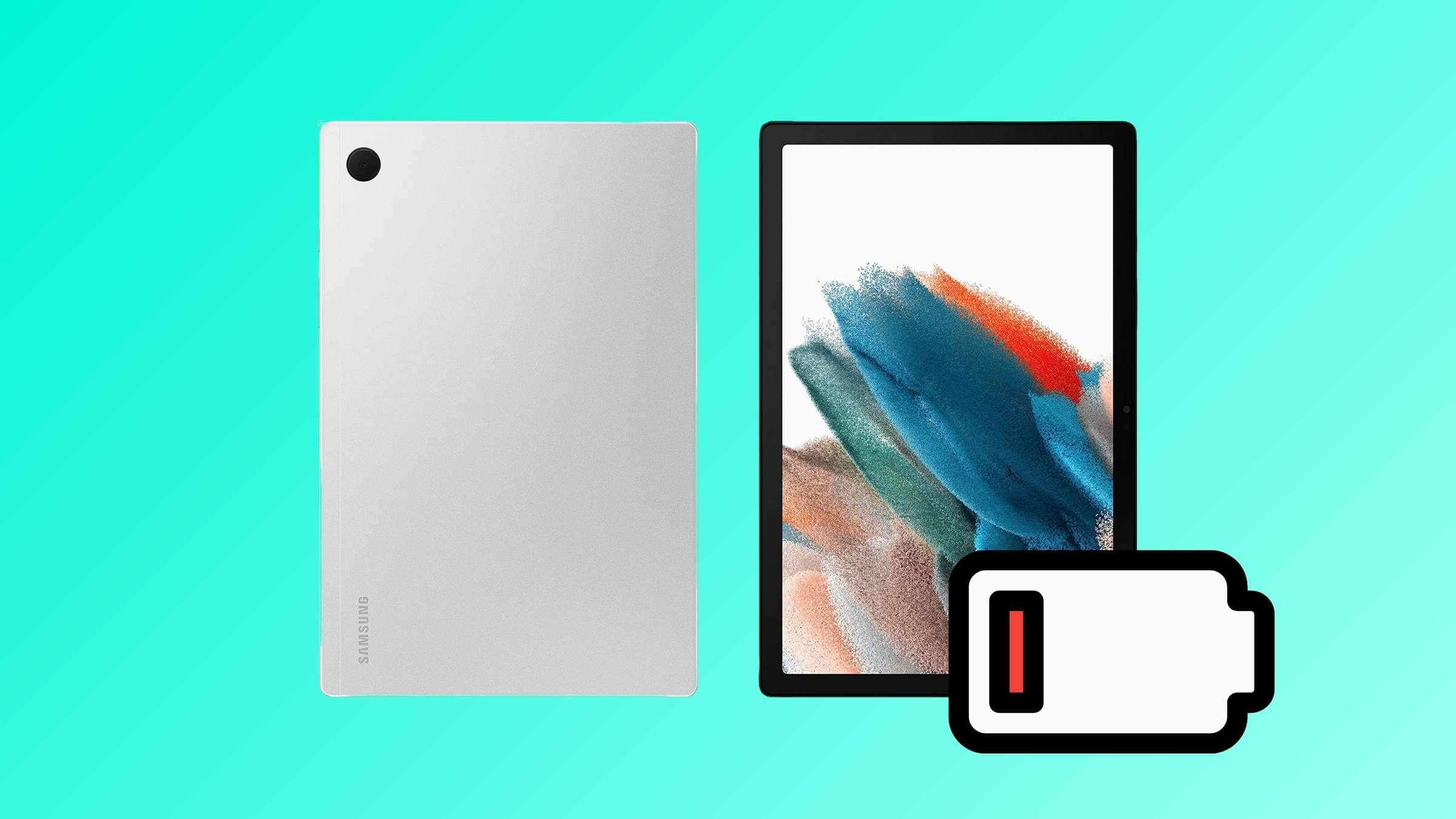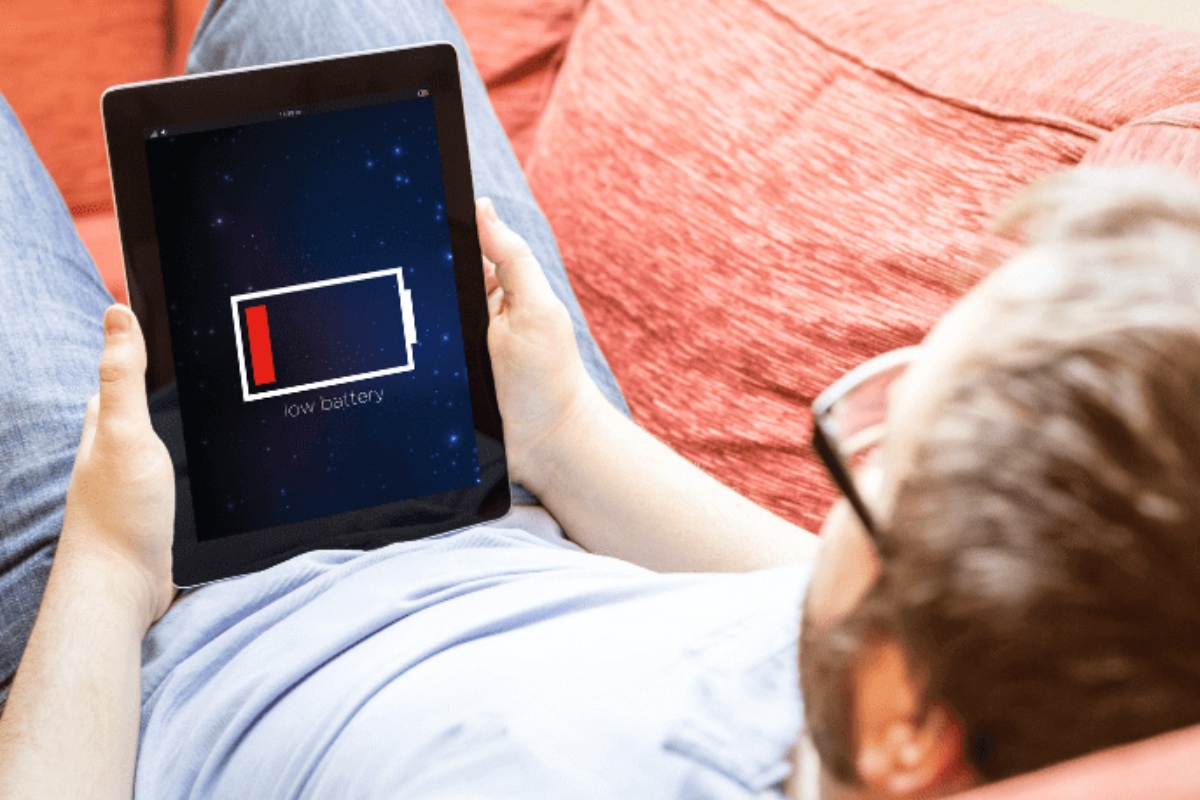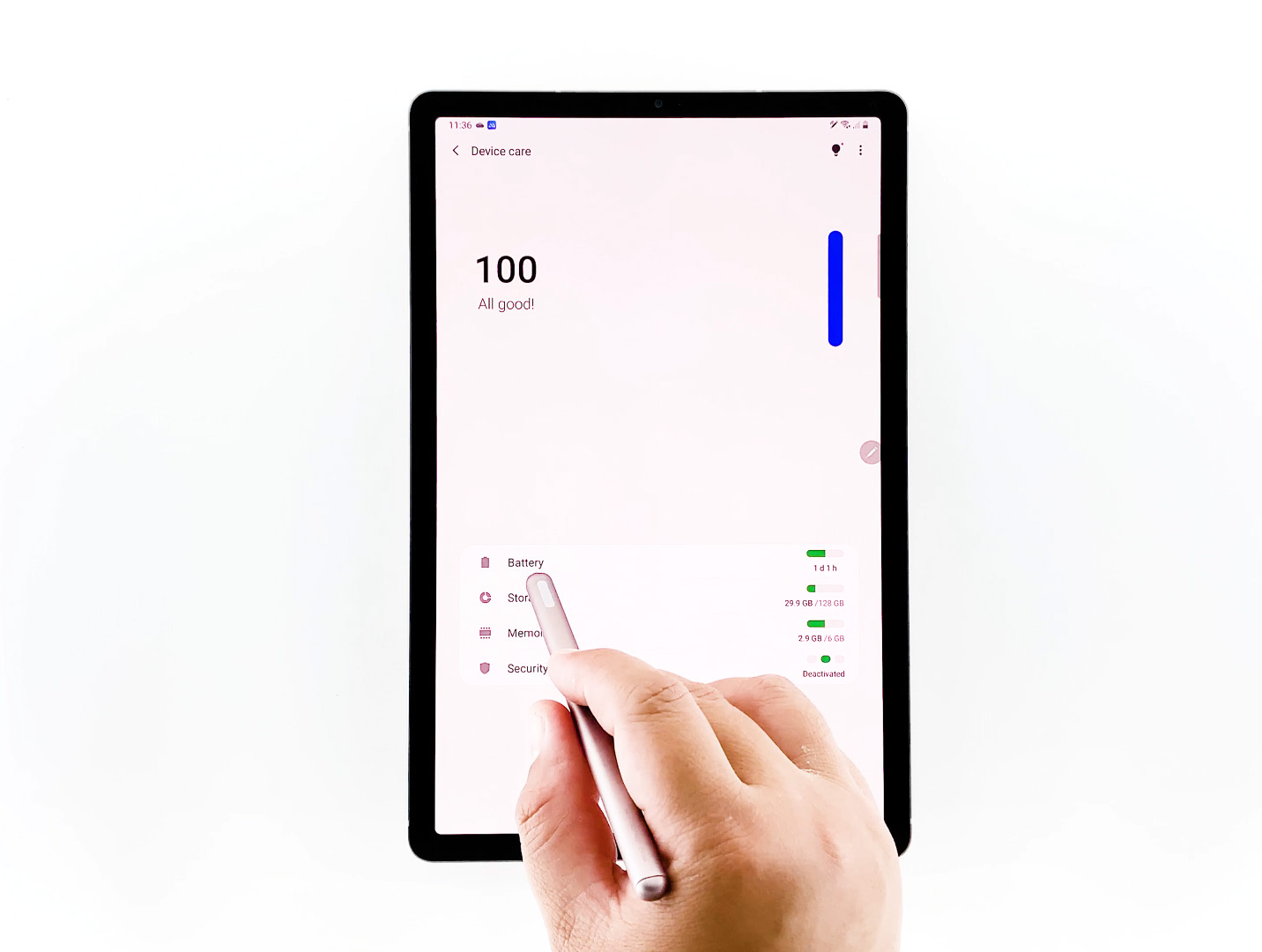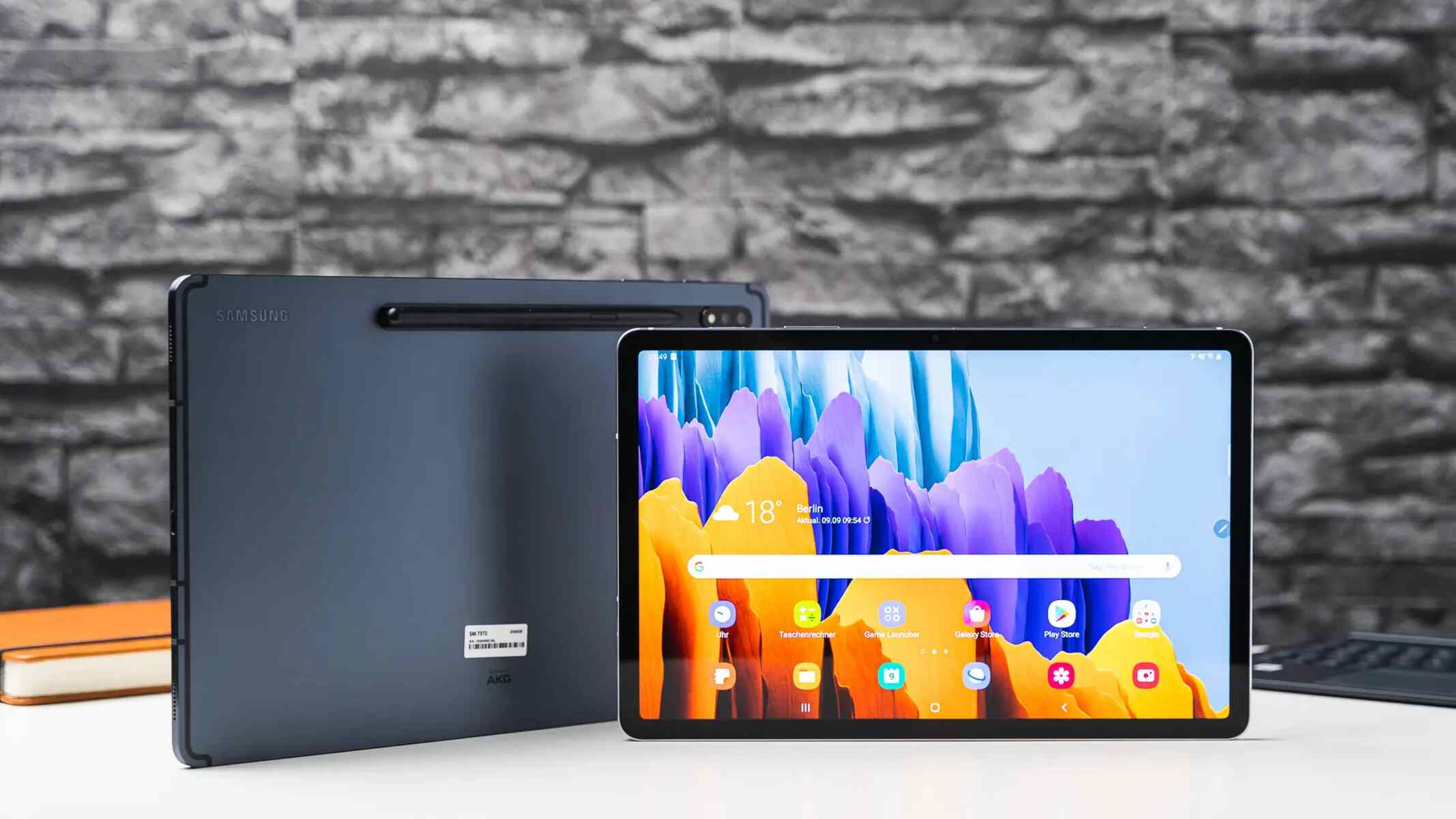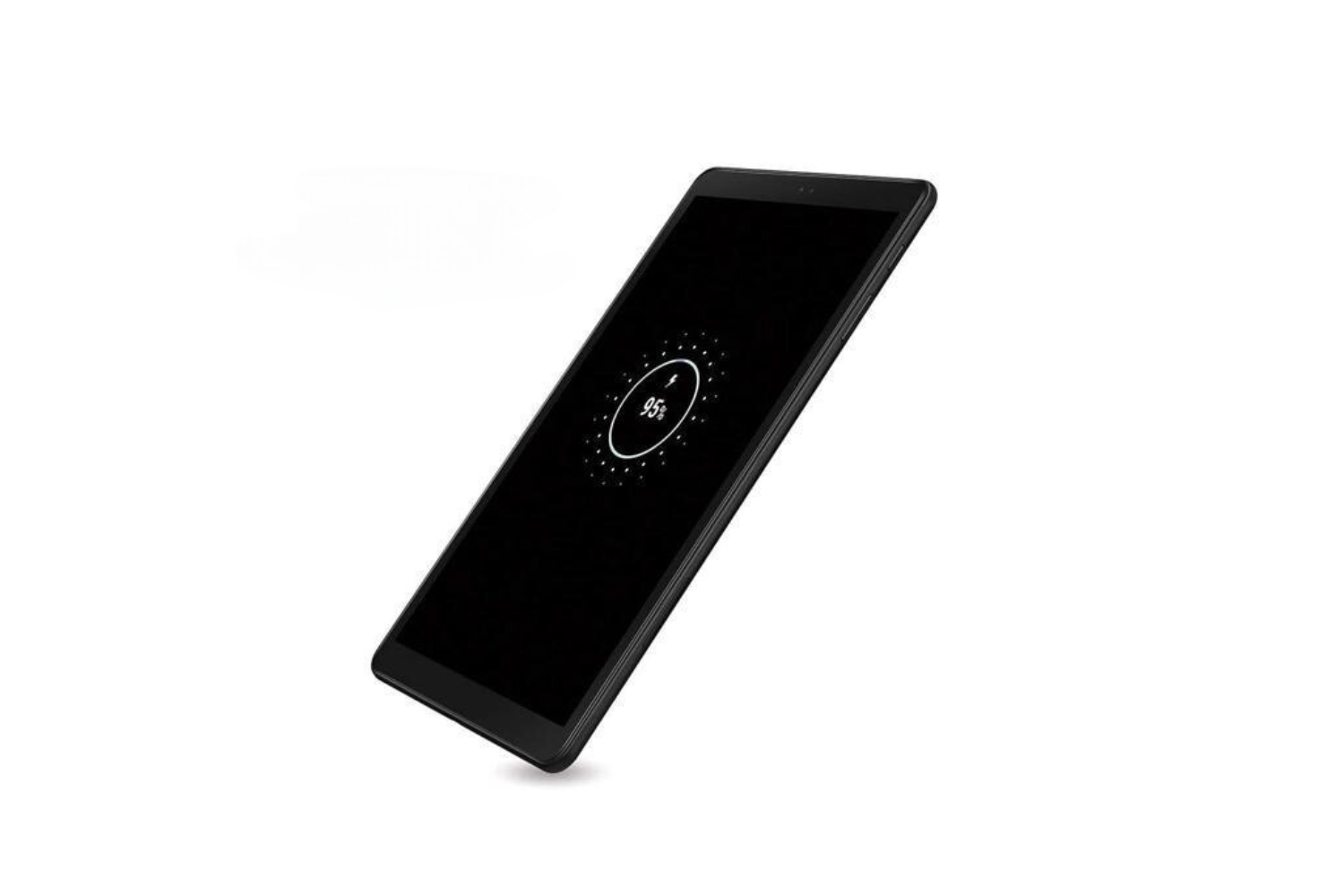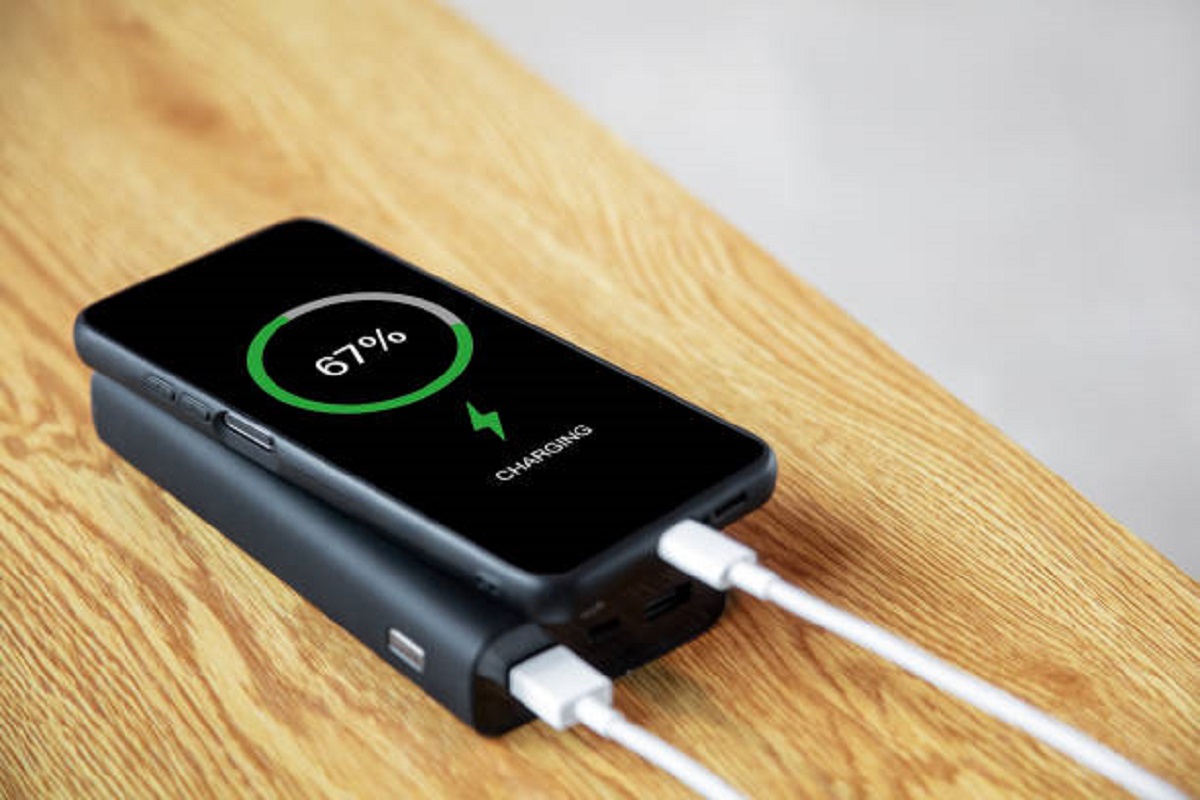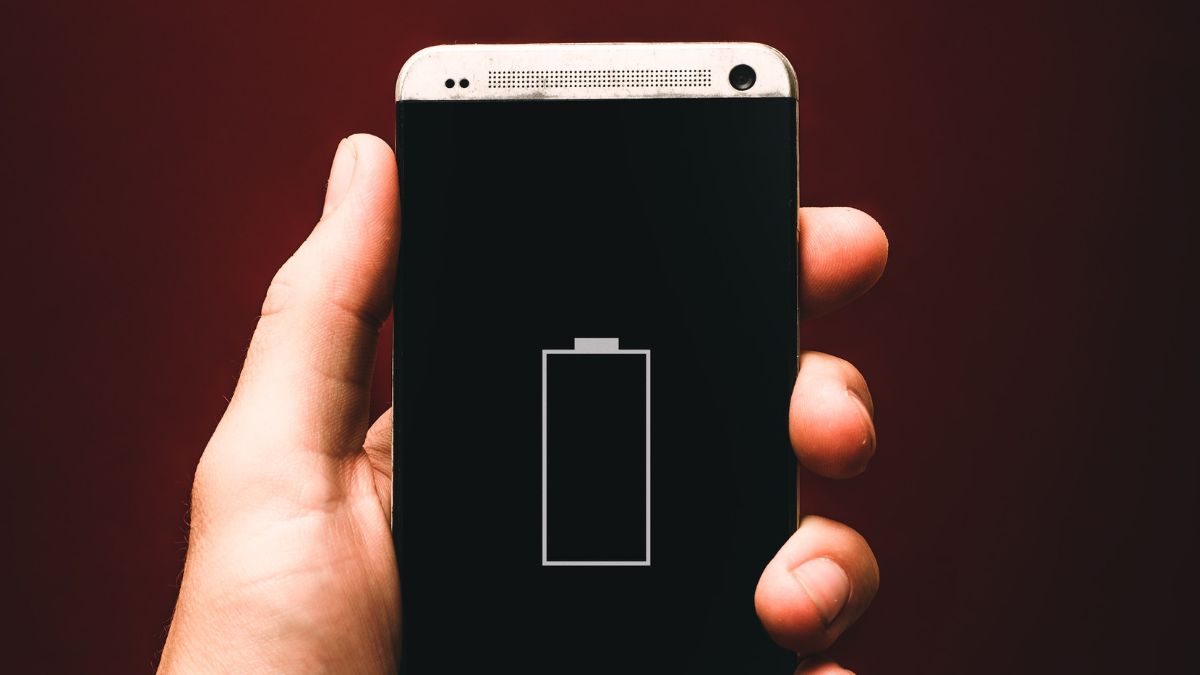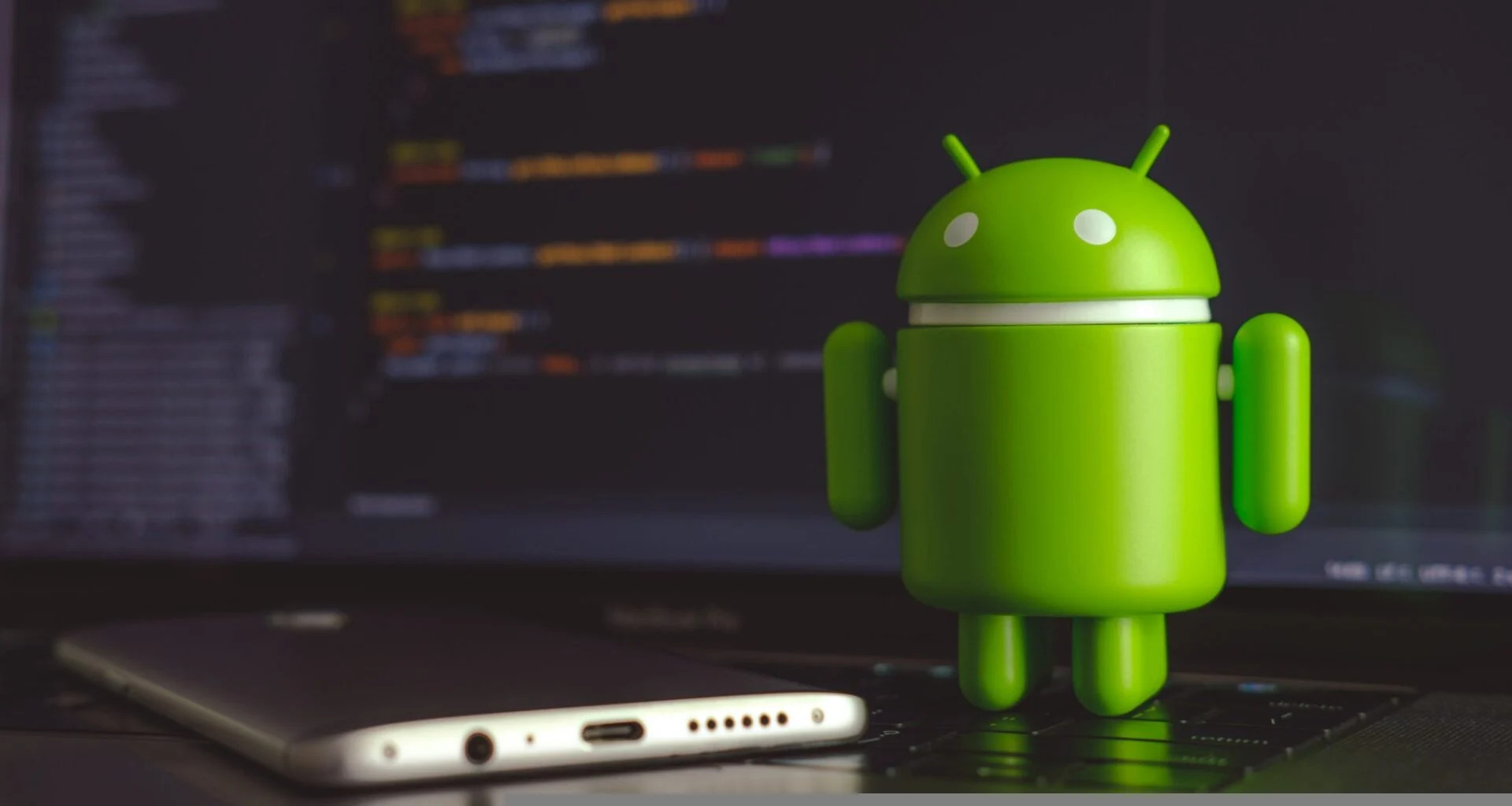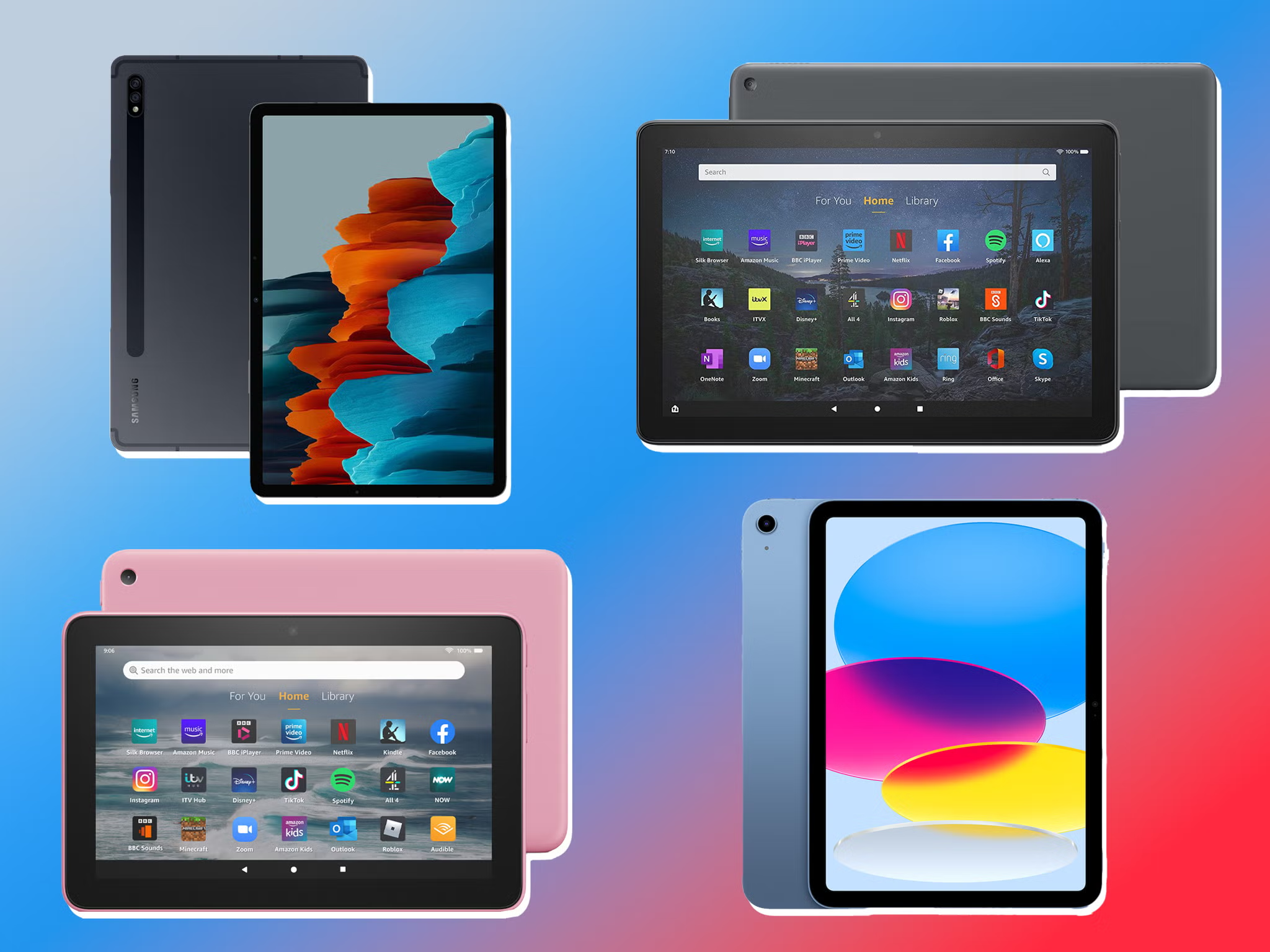Introduction
Do you find yourself constantly frustrated with the fast-draining battery of your tablet? You’re not alone. Many tablet users encounter this issue, which can be incredibly inconvenient, especially when you’re on the go or in the middle of an important task. But why does this happen? In this article, we will explore the various reasons behind a fast-draining tablet battery and provide some helpful tips to address this issue.
Tablets have become an integral part of our lives, serving as portable entertainment hubs, productivity tools, and communication devices. However, the high-performance capabilities of these devices can take a toll on battery life. Additionally, improper settings and usage habits can further accelerate battery drainage.
To start addressing this issue, it’s important to understand that several factors contribute to the fast-draining battery. Background app activity, screen brightness, unused connectivity features, and apps running in the background are just a few of the many culprits. By making simple adjustments to these settings and adopting some best practices, you can significantly extend your tablet’s battery life.
In the following sections, we will explore these factors and provide practical solutions to optimize your tablet’s battery usage. By implementing these strategies, you can enjoy longer battery life and have a better overall experience with your tablet.
Check for Background App Activity
One of the common causes of fast-draining tablet batteries is unnecessary background app activity. Many apps run in the background even when you’re not actively using them, consuming valuable battery power. Luckily, there are a few ways you can manage this issue.
Firstly, take a look at the apps you have installed on your tablet. Some apps are notorious for running in the background and using up battery resources. Identify these apps and consider whether you really need them. If not, uninstalling or disabling them can free up valuable battery power.
Next, check the app settings on your tablet and look for options related to background activity. Some apps allow you to customize their background behavior, giving you the ability to limit their activity when not in use. Adjusting these settings can help significantly reduce battery drain.
Another effective way to manage background app activity is by utilizing the built-in battery optimization feature on your tablet. This feature intelligently manages the activity of apps in the background, prioritizing battery efficiency. Access this feature through your device settings and explore the options available. By enabling battery optimization, you can ensure that apps running in the background are less likely to drain your tablet’s battery.
Regularly checking for and restricting background app activity can go a long way in preserving your tablet’s battery life. By being mindful of the apps you have installed and configuring their settings accordingly, you can make a noticeable difference in battery performance.
Adjust Screen Brightness
The screen brightness of your tablet can have a significant impact on its battery life. Keeping the brightness level at the highest setting can drain your battery quickly. Therefore, adjusting the screen brightness can help conserve power and extend the time between charges.
Most tablets come with an automatic brightness feature that adjusts the screen brightness based on ambient lighting conditions. This feature can be useful, as it automatically optimizes the brightness level without compromising visibility. To enable this feature, go to your tablet’s display settings and turn on automatic brightness.
If you prefer to manually adjust the screen brightness, consider keeping it as low as possible while still maintaining comfortable visibility. Lowering the brightness even by a small amount can have a noticeable impact on battery consumption. You can access the brightness settings either in the display settings or through the quick settings menu on your tablet.
Additionally, it’s worth mentioning that dark or black-themed wallpapers and interfaces can help reduce battery drain since fewer pixels need to be lit up. Consider using these darker themes to optimize your tablet’s battery performance.
Another handy tip is to utilize the sleep or idle timer feature on your tablet. This feature automatically turns off the display after a certain period of inactivity, conserving battery power. Adjust the timer to a suitable duration that aligns with your usage habits.
By consciously adjusting the screen brightness and leveraging the available features on your tablet, you can effectively manage the battery consumption and enjoy longer periods of usage before needing to recharge.
Disable Unnecessary Connectivity Features
Connectivity features such as Wi-Fi, Bluetooth, and GPS can be major contributors to fast battery drain on your tablet. While these features are undoubtedly convenient, they consume a significant amount of power. Disabling unnecessary connectivity features when not in use can help preserve your tablet’s battery life.
The most common connectivity feature on a tablet is Wi-Fi. When your tablet is constantly searching for and connected to Wi-Fi networks, it can drain the battery quickly. If you’re not actively using the internet or downloading large files, consider turning off Wi-Fi. This can usually be done from the quick settings menu or in the Wi-Fi settings menu on your tablet.
Bluetooth is another connectivity feature that can have a significant impact on battery life. Unless you’re actively using a Bluetooth device like headphones or speakers, it’s a good idea to disable Bluetooth. This will prevent your tablet from continuously searching for nearby devices to connect with. Simply access the Bluetooth settings on your tablet and turn it off when not needed.
GPS is a powerful feature that allows apps to determine your location accurately. However, it requires constant communication with satellites and can drain your tablet’s battery rapidly. Unless you’re using a navigation app or any other app that relies heavily on GPS, you can safely keep it turned off. You can find the GPS settings on your tablet and disable it when it’s not needed.
Additionally, it’s important to note that enabling airplane mode when you don’t need any connectivity can significantly extend your tablet’s battery life. In airplane mode, your tablet will shut off all wireless communication, allowing you to conserve power in situations where internet or connectivity is not necessary.
By disabling unnecessary connectivity features when not in use, you can effectively reduce battery drain on your tablet. Being mindful of these settings and toggling them off when they’re not needed can help you enjoy longer battery life and a better overall tablet experience.
Close Unused Apps
Leaving unused apps running in the background can have a negative impact on your tablet’s battery life. These apps continue to consume system resources and drain the battery, even if you’re not actively using them. Therefore, it’s essential to regularly close unused apps to optimize battery performance.
One of the easiest ways to close unused apps is by using the app switcher or recent apps menu on your tablet. This menu allows you to see all the apps that are currently running in the background. Simply swipe up or press the ‘X’ button on each app thumbnail to close them. Closing unused apps not only frees up valuable system resources but also conserves battery power.
Keep in mind that some apps may continue running in the background even after you close them from the app switcher. To ensure these apps are completely closed, you can go to the app settings on your tablet and force stop them. However, be cautious with this method as force stopping certain system apps can have unintended consequences. It’s best to focus on closing non-essential apps that you know are no longer needed.
Another useful tip is to avoid using third-party task killer apps. While these apps claim to improve battery life by closing background apps automatically, they can often do more harm than good. Android and iOS operating systems are designed to manage apps efficiently, and having an extra app constantly running in the background can consume more battery power.
Furthermore, it’s important to note that closing unused apps is more effective on devices with limited RAM. If your tablet has ample memory, the operating system will handle app management more efficiently, and closing individual apps might not have a significant impact on battery life.
By regularly closing unused apps, you can prevent them from consuming battery power unnecessarily. It’s a simple but effective practice that can significantly extend the battery life of your tablet and improve its overall performance.
Manage Notifications
Notifications can be helpful for staying informed and connected, but they can also contribute to battery drain on your tablet. Each notification that appears on your screen requires both power and processing resources. Therefore, managing your notifications can help conserve battery life and improve your overall tablet experience.
Start by reviewing the list of apps that send you notifications. Ask yourself if you really need to receive notifications from all of these apps. Some apps, like messaging or productivity apps, may be essential to keep notifications for, while others may not be as crucial. Go through your notification settings and disable notifications from non-essential apps.
Additionally, consider adjusting the frequency and sound settings for notifications. Some apps allow you to customize how often they send notifications and whether they make sound or just display a silent alert. By reducing the frequency of notifications or opting for silent alerts, you can avoid unnecessary interruptions and conserve battery power.
If you’re getting bombarded with notifications from a particular app or group of apps, you can also use the “Do Not Disturb” or “Quiet Hours” feature on your tablet. This feature silences all notifications during specific times or when enabled manually. Explore your tablet’s settings to configure this feature and tailor it to your preferences.
An additional tip is to disable the “wake screen” option for notifications if available. This option prevents the screen from turning on every time a notification arrives, saving battery power and reducing distractions. Check the notification settings of individual apps to see if this option is available.
Lastly, consider using a consolidated notification center or app. Some tablets offer a centralized location where you can find and manage all your notifications in one place. This reduces the need for multiple individual notifications, thereby saving battery power and streamlining your notification experience.
By managing your notifications, you can reduce battery drain caused by unnecessary alerts and conserve power for the apps and tasks that matter most to you. Take control of your tablet’s notification settings to optimize battery performance and create a more efficient and less distracting environment.
Limit Background Refresh
The background refresh feature on your tablet allows apps to update their content and data even when you’re not actively using them. While this feature can be convenient, it can also have a significant impact on battery life. By limiting background refresh, you can improve battery performance and extend the time between charges.
To manage background refresh, start by identifying the apps that are frequently refreshing in the background. These are usually apps that require up-to-date information, such as social media apps, news apps, or weather apps. Go through your app settings and look for options related to background refresh.
Most operating systems allow you to choose between options like “Never,” “Wi-Fi Only,” or “Wi-Fi and Cellular Data” for background refresh. Selecting the “Never” option completely disables background refresh for the app, while the other two options limit refresh to when you have a Wi-Fi connection or both Wi-Fi and cellular data, respectively.
Social media apps can be particularly notorious for constantly refreshing in the background, using up valuable battery power. To reduce their impact, you can also adjust the notification settings within these apps. Some apps allow you to choose how frequently they push notifications or how many notifications they show, which in turn can affect the need for continuous background refresh.
While limiting background refresh may cause temporary delays in receiving the latest updates for certain apps, it can significantly improve your tablet’s battery life. You can still manually refresh the app when you open it, ensuring that you have access to the most recent content without sacrificing battery performance.
It’s important to note that disabling background refresh may not be available for certain system-level apps or critical services. The option to limit background refresh is typically accessible for individual third-party apps.
By adjusting the background refresh settings for your apps, you can strike a balance between staying up-to-date and conserving battery power. Take the time to review your app settings and customize the background refresh based on your preferences and priorities.
Reduce Animations and Special Effects
Animations and special effects can make your tablet experience more visually appealing, but they also require additional processing power and can contribute to battery drain. By reducing or disabling animations and special effects, you can not only prolong your tablet’s battery life but also potentially improve its overall performance.
Most tablets offer options to adjust the level of animations or turn them off completely. These settings can typically be found in the “Developer Options” or “Display” settings on your tablet. By reducing the animation scales or disabling them altogether, you can minimize the system resources required to render these effects, thereby conserving battery power.
Special effects, such as live wallpapers or 3D visualizations, can be particularly demanding on your tablet’s resources. Consider using static wallpapers instead of live ones, as they consume less power and processing capabilities. Additionally, disabling or reducing the number of widgets on your home screen can also help conserve battery life, since widgets often require data updates and continuous rendering.
Moreover, explore the accessibility settings on your tablet, as they may offer options to enhance battery life by reducing certain visual effects. For example, enabling the “Reduce Motion” option can reduce or eliminate certain screen transitions and animations, resulting in less strain on your tablet’s resources and improved battery performance.
It’s worth mentioning that while reducing animations and special effects can positively impact battery life, it may also affect the overall aesthetic and user experience. Therefore, you can experiment with different settings and find a balance that suits your preferences and requirements.
By reducing or disabling animations and special effects, you can optimize your tablet’s battery performance and potentially enjoy smoother and more responsive user interaction. Take the time to explore your tablet’s settings and experiment with different options to find the right balance between visual appeal and battery conservation.
Enable Battery Saving Mode
Most tablets come equipped with a built-in battery saving mode or power-saving mode. Enabling this mode can help extend the battery life of your tablet by limiting certain system functionality and reducing power consumption.
Battery saving mode typically adjusts various settings on your tablet to conserve power. These settings may include reducing the screen brightness, disabling animations, limiting background activity, and throttling down the processor speed. By making these adjustments, your tablet can prioritize energy efficiency and stretch its battery life.
To enable battery saving mode, go to your tablet’s settings and navigate to the “Battery” or “Power” section. From there, you should find an option to enable battery saving mode. Some devices offer different levels of battery saving, allowing you to customize the extent of power-saving measures.
When you activate battery saving mode, your tablet may automatically adjust certain settings and restrict certain features. For example, it may limit app refresh rates, reduce screen brightness, disable push email, or restrict background data usage. While these changes may slightly impact your tablet’s performance or functionality, they can significantly extend battery life in crucial situations.
It’s worth noting that some tablets also offer an “Ultra Power Saving” or “Extreme Battery Saver” mode. These modes provide even more aggressive power-saving measures, often limiting the device’s functionality to only essential features like calls, messages, and a few select apps. Consider enabling this mode when your battery is critically low and you need to extend its life for as long as possible.
If your tablet doesn’t have a built-in battery saving mode, you can still manually adjust certain settings to conserve power. For instance, you can manually reduce screen brightness, disable unnecessary connectivity features, close unused apps, and reduce or disable notifications.
Enabling battery saving mode or manually adjusting power-saving settings on your tablet can help you make the most of your battery life, especially during long trips, emergencies, or periods without access to a power source. Experiment with different power-saving modes and find the one that provides the right balance between battery conservation and functionality for your needs.
Disable Location Services
Location services can be extremely useful for apps that require access to your geographical information, such as maps or weather apps. However, continuously using GPS and other location-based services can drain your tablet’s battery quickly. To conserve battery life, consider disabling location services when they’re not essential.
Disabling location services can typically be done through your tablet’s settings. Navigate to the “Location” or “Privacy” section, where you’ll find options to turn off location services completely or for specific apps. By disabling this feature, you prevent apps from constantly accessing your tablet’s GPS and requesting location updates.
Keep in mind that turning off location services may affect the functionality of certain apps that heavily rely on location data. For example, navigation apps or ride-sharing apps may require access to your location. In such cases, consider enabling location services only when you actively need them and remember to disable them afterward.
It’s also worth noting that some apps have settings that allow you to choose how frequently they update your location or obtain location-based data. Adjusting these settings to refresh less frequently can help reduce battery drain.
In addition to disabling location services, consider using alternatives that consume less power. For example, instead of relying solely on GPS, you can use Wi-Fi or cellular network-based location services, as they are typically less power-intensive.
By disabling or minimizing the use of location services, you can significantly prolong your tablet’s battery life. This is especially beneficial when you’re indoors or in areas where precise location information is not necessary.
Remember to evaluate your usage patterns and the requirements of each app to determine when it’s appropriate to have location services enabled. Finding the right balance between functionality and battery conservation is key to optimizing your tablet’s performance and extending its battery life.
Clear App Cache
Over time, apps on your tablet accumulate cache files, which are temporary data stored to improve performance and load times. However, these cache files can grow in size and start to take up valuable storage space, potentially impacting your tablet’s performance and increasing battery usage. Clearing app cache regularly can help free up storage and optimize battery life.
You can clear app cache individually for each app or use the built-in settings on your tablet to clear cache for multiple apps at once. To clear cache for individual apps, go to your tablet’s settings, find the “Apps” or “Applications” section, and select the specific app. From there, you should see an option to clear the app’s cache.
Alternatively, your tablet may also have a system-level cache clearing feature, typically located in the storage or maintenance settings. This option allows you to clear the cache for multiple apps simultaneously, making it a convenient way to optimize your tablet’s performance.
It’s important to note that clearing app cache does not delete any essential data or settings within the app. However, keep in mind that some apps may require you to sign back in or reconfigure certain preferences after clearing the cache.
Regularly clearing app cache can benefit your tablet in multiple ways. First, it frees up storage space, which can improve overall performance and prevent slowdowns. Additionally, clearing cache can remove any corrupted or outdated data, ensuring that apps run smoothly and efficiently.
Moreover, clearing app cache can indirectly improve battery life. When cache files accumulate, apps may take longer to load, causing increased processor usage and draining your tablet’s battery. By clearing the cache and optimizing app performance, you can help reduce unnecessary battery consumption.
Keep in mind that although clearing app cache can provide benefits, it’s not necessary to do it too frequently. Clearing cache periodically, such as once a month or when you notice a decrease in performance, is generally sufficient.
By regularly clearing app cache, you can reclaim storage space, improve overall performance, and potentially extend your tablet’s battery life. Take a few minutes to clear cache for your apps and enjoy a smoother and more efficient tablet experience.
Update Apps and Operating System
Keeping your apps and operating system up to date is crucial for optimizing your tablet’s performance, improving security, and even extending battery life. App and system updates often include bug fixes, performance enhancements, and power-saving optimizations that can positively impact your tablet’s overall efficiency.
Regularly checking for app updates is essential. Developers frequently release updates to address bugs, improve app stability, and introduce new features. These updates may also include power-saving enhancements, which can help reduce battery consumption by optimizing app performance and resource management.
To update your apps, open the respective app store on your tablet, such as the Google Play Store for Android or the App Store for iOS. Look for the “Updates” tab, where you’ll find a list of available updates for your installed apps. Simply select “Update All” or update individual apps as needed.
In addition to app updates, it’s equally important to keep your tablet’s operating system up to date. Operating system updates often include performance improvements, security patches, and power-saving features. These updates are designed to enhance your tablet’s overall performance and may contribute to better battery management.
To check for operating system updates, go to your tablet’s settings and navigate to the “System” or “Software Update” section. Here, you can manually check for any available updates and follow the on-screen instructions to install them. Some tablets may even have an option to automatically download and install updates.
It’s worth noting that app and system updates can occasionally introduce new bugs or compatibility issues. However, these instances are relatively rare, and the benefits of keeping your apps and operating system up to date generally outweigh any temporary inconvenience.
Updating your apps and operating system not only improves your tablet’s functionality but also helps optimize battery usage. By ensuring that you have the latest versions installed, you can take advantage of the latest power-saving features and optimizations implemented by developers.
Set a reminder to periodically check for updates and keep your tablet’s apps and operating system current. Doing so can contribute to a smoother, more secure, and more efficient tablet experience, while also positively impacting battery performance.
Calibrate the Battery
Over time, your tablet’s battery may lose its ability to accurately measure its charge level. This can lead to misleading battery percentage readings and affect the overall battery performance. Calibrating the battery is a process that helps your tablet’s operating system and the battery itself properly sync and provide accurate battery level information.
To calibrate the battery, you’ll need to follow a specific procedure that varies depending on your tablet’s manufacturer and operating system. Here’s a general guide you can follow:
- First, use your tablet until the battery is completely drained and shuts off automatically. This ensures that the battery is at its lowest point.
- Next, connect your tablet to the charger and allow it to charge uninterrupted until it reaches 100% battery level. Keeping the charging process uninterrupted ensures an accurate calibration.
- Once it reaches 100%, keep the tablet connected to the charger for an additional 1-2 hours. This “trickle charging” period helps the battery balance its cells and fine-tune its capacity measurement.
- After the trickle charging period, disconnect the charger and use your tablet as you normally would. The battery level should now be accurately reflected in the battery percentage readings.
It’s important to note that calibrating the battery should be done only occasionally, such as every few months or when you notice significant discrepancies between battery percentage readings and actual battery life. Frequent calibration can potentially degrade the battery’s lifespan.
Please note that some newer tablet models or operating systems may automatically calibrate the battery, eliminating the need for manual calibration. In such cases, following the steps above may not be necessary, and it’s best to consult your tablet’s user manual or manufacturer’s guidelines for specific instructions.
Calibrating the battery is an important step to ensure that your tablet accurately monitors its battery level. By following the appropriate calibration process, you can obtain more reliable battery percentage readings and optimize the overall battery performance of your tablet.
Conclusion
Managing the battery life of your tablet is essential for maximizing usage and productivity. By implementing the tips and strategies discussed in this article, you can significantly improve your tablet’s battery performance and extend its lifespan.
Starting with basic practices like checking for background app activity, adjusting screen brightness, and disabling unnecessary connectivity features can go a long way in conserving power. Closing unused apps, managing notifications, and limiting background refresh can further optimize battery usage. Additionally, reducing animations and special effects, enabling battery saving mode, disabling location services, clearing app cache, updating apps and the operating system, and periodically calibrating the battery can all contribute to better battery life.
It’s important to note that optimizing battery life is a process of finding the right balance between functionality and power conservation. While some adjustments may slightly impact certain aspects of your tablet experience, the benefits of extended battery life and improved performance far outweigh any minor inconveniences.
Remember, different tablets may have slightly different settings and options, so it’s important to explore your specific device’s settings and customize them based on your individual preferences and usage patterns.
By adopting these best practices and making conscious adjustments to your tablet’s settings and usage habits, you can enjoy a longer-lasting battery, enhanced productivity, and a more enjoyable tablet experience overall.







